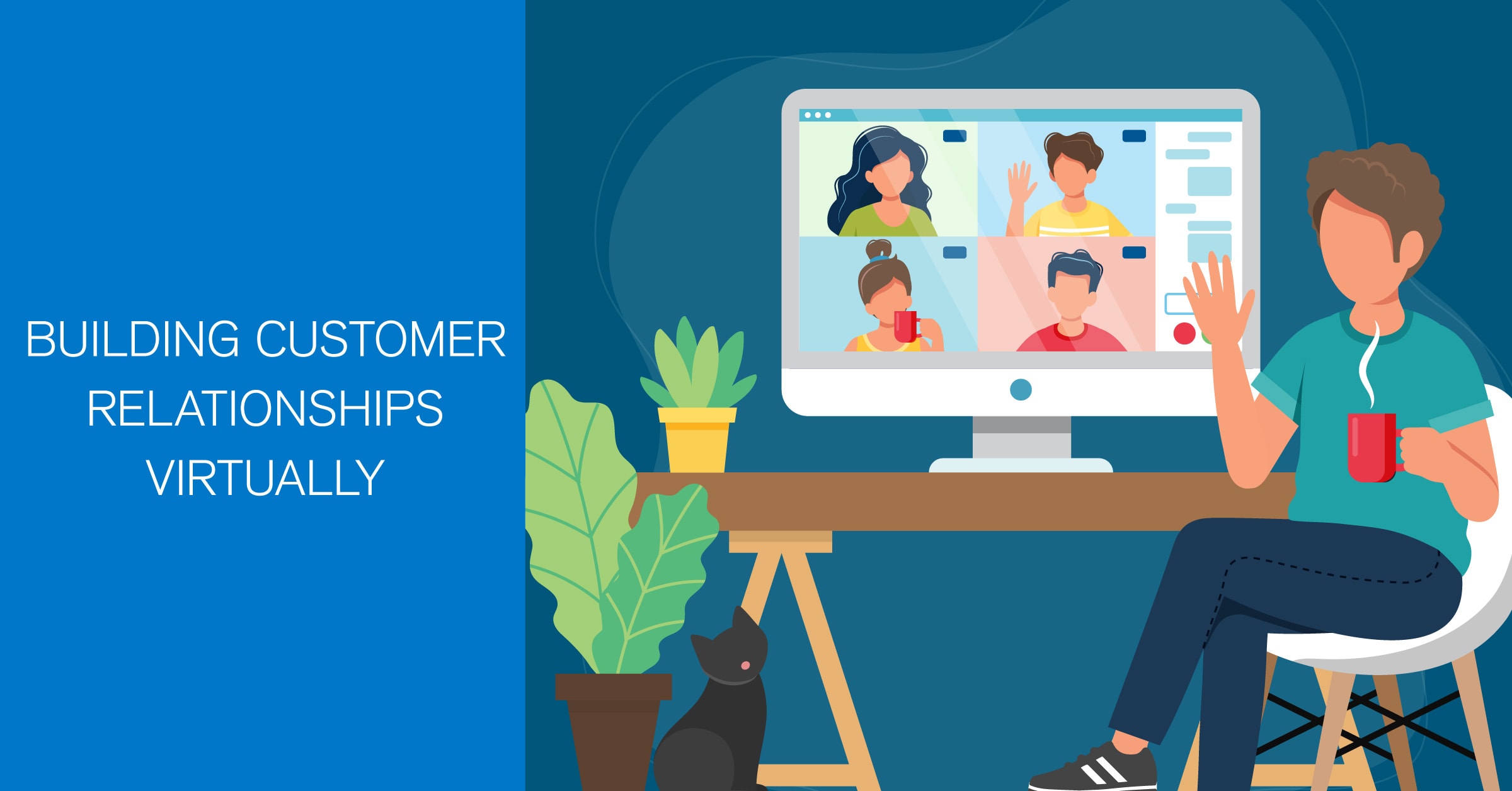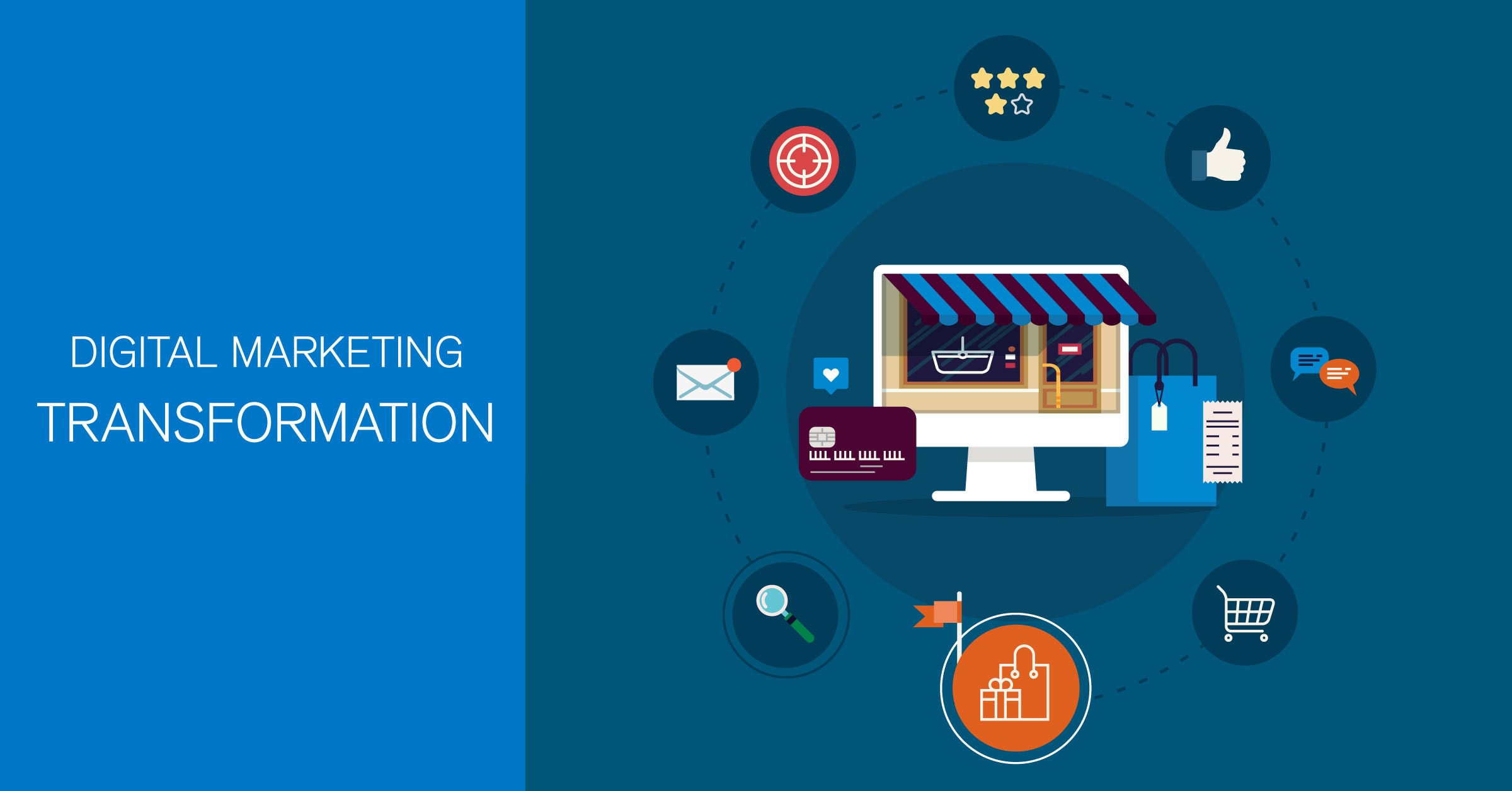How to use geofencing to drive marketing results
Getting people to respond to your ad or latest sales promotion isn’t always easy. There may be times when you just want to hit the streets, tap people on the shoulder and tell them about your promotion in person. That, of course, isn’t very practical. But, what if there was a way to virtually tap people on the shoulder within a certain geographic area through their smartphone? There is! It’s called geofencing mobile marketing.
Through geofencing, businesses can send ads and alerts to smartphone users within a defined geographic radius. The technology uses GPS, radio frequency identifiers (RFIDs), Wi-Fi or cell data along with a smartphone’s location services. Within the designated radius, ads and messages can appear through social networks, apps, SMS and specific display advertising locations.
What is geofencing marketing?
At its most basic level, geofencing marketing allows businesses to define a virtual perimeter within a geographic location, such as your store or even a competitor’s store. By buying ads on mobile apps or using your own app, you can then promote your business to these app users-your message appears once they enter the geographic area you’ve defined.
According to Forbes® contributor, Jia Wertz, this mode of hyperlocal advertising enhances the customer experience. She says, ’86 percent of senior marketers say that creating a cohesive customer journey is critical to success.’ Geofencing mobile marketing increases engagement earlier in the customer journey, while also allowing for creative uses of the location technology.
How to use geofencing
Geofencing marketing is the perfect tool for local businesses that are looking to boost sales. By targeting potential customers within a defined area who may be interested in what you have to sell, you’ll add another tool to your marketing toolbox. Develop ads, sent as push notifications, with specific messages to the people within the virtual fence. Geofencing gives you the information you’ll need to personalize the sales promotions.
Salesforce® offers several tips to implementing a successful geofencing marketing plan:
- Know your ideal customer. You’ll want to know exactly who you are targeting. What is their gender, age, profession, etc.
- ‘Draw’ your fence around a 5-minute radius from your location. That radius may be based on walking distance or driving distance, depending upon how most people get to your business.
- Have a strong call to action that gets people to make an immediate decision to visit your business.
- Be totally transparent. Be open with potential customers that you have access to their information and instill trust so they feel comfortable visiting your business.
- Consider the targeting techniques (enough for another blog!) you can use in your campaign. You may target based on keywords or content the user consumes. You can target based on the time of day when your promotion will reach the most people. Or, you might retarget them by sending push notifications after they have engaged with you in some way.
- Review the data you get from your geofencing campaigns and continue to optimize them for best performance.
How to use geofencing for recruiting
Let’s walk through a creative, real-life example. Blue Door Consulting recently worked with a client to recruit quality Certified Nursing Assistant (CNA) candidates to join their team. The goal was not to reach as many people as possible, but rather to reach those most likely to be looking for a CNA job. Because this client offers on-the-job training, we and the client decided to target students in the CNA and nursing fields. Using geofencing technology, Blue Door Consulting ‘drew a fence’ around specified technical colleges.
With the geofence radius around these college campuses, anyone who entered the designated buildings could receive targeted ads. To ensure that only nursing students received the ads, and not students in other vocational programs, we targeted words and interests such as ‘CNA jobs,’ ‘nursing careers,’ and ‘jobs in health care.’ With this type of targeting, the client reached college students who were likely to be looking for a job in health care. By using geofencing for recruiting, this campaign yielded application conversions for the client.
Ready to start geofencing?
Virtual shoulder taps through geofencing mobile marketing does more than just drive sales; it can also increase consumer engagement and attract new job candidates. As technology advances, services like geofencing can be used to create an efficient, cohesive costumer experience while promoting our own business to new prospects.
Could geofencing mobile marketing help your organization reach its goals? We’d love to help with your next campaign.




